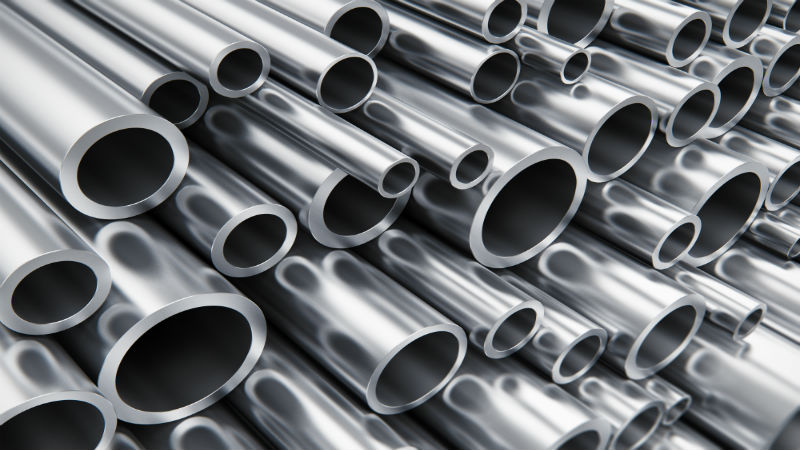Hydraulic cylinders are used to pull or push extremely heavy loads in a wide range of different applications. However, there is one basic restriction with a standard type of cylinder, and this is the stroke length or the distance that the lift or push can occur.
As the rod has to fit in the body of the cylinder, the extended length of the rod will always be shorter than the length of the body of the cylinder. To address this issue and to allow for a much longer stroke length, a telescoping hydraulic cylinder can be used.
Through the use of the telescoping cylinder, the stroke length of the cylinder can be extended up to 20 to 40 percent over the length of the standard type of cylinder. This allows for a smaller length of the cylinder to allow for a longer output stroke without reducing the load weight.
Considerations with Design
Designing a telescoping hydraulic cylinder requires expertise and understanding of the force and pressure issues created when extending the rod. This is essential to prevent the telescoping rod from bending, buckling or twisting as it extends out of the cylinder housing.
The design of all telescoping cylinders is from a larger tube to a smaller tube, with the smaller tube farthest from the cylinder when extended. The smaller tubes, which are correctly known as stages, nestle into each other in the cylinder housing when in the retracted position.
The choice of the size of the stages, including the barrel or the largest base of the telescoping system, has to be carefully considered based on the weight of the load and the distance of the stroke. There also has to be a correct fit with all stages to prevent friction from working against the ability to lift.
Options to Think About
There are both single and double acting telescoping hydraulic cylinder options available. Single acting cylinders use one hydraulic hose to provide pressure at the bottom of the cylinder to cause a force to lift the stages and the load. Gravity and weight then allow for the retraction without the need for additional pressure.
A double acting telescoping cylinder uses two hoses from the pump that alternate the flow of the hydraulic fluid to the bottom and the top of the cylinder, allowing for extensions and retraction of the cylinder under the control of the equipment operator.







